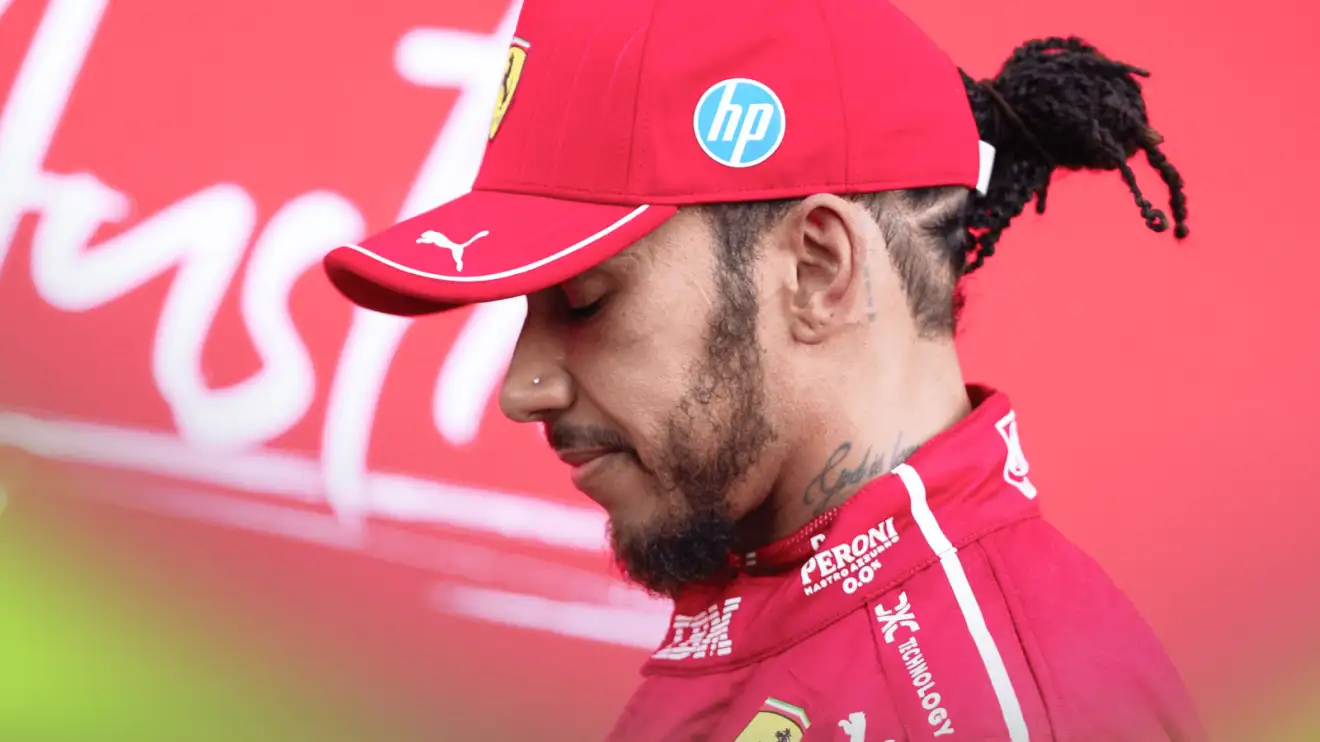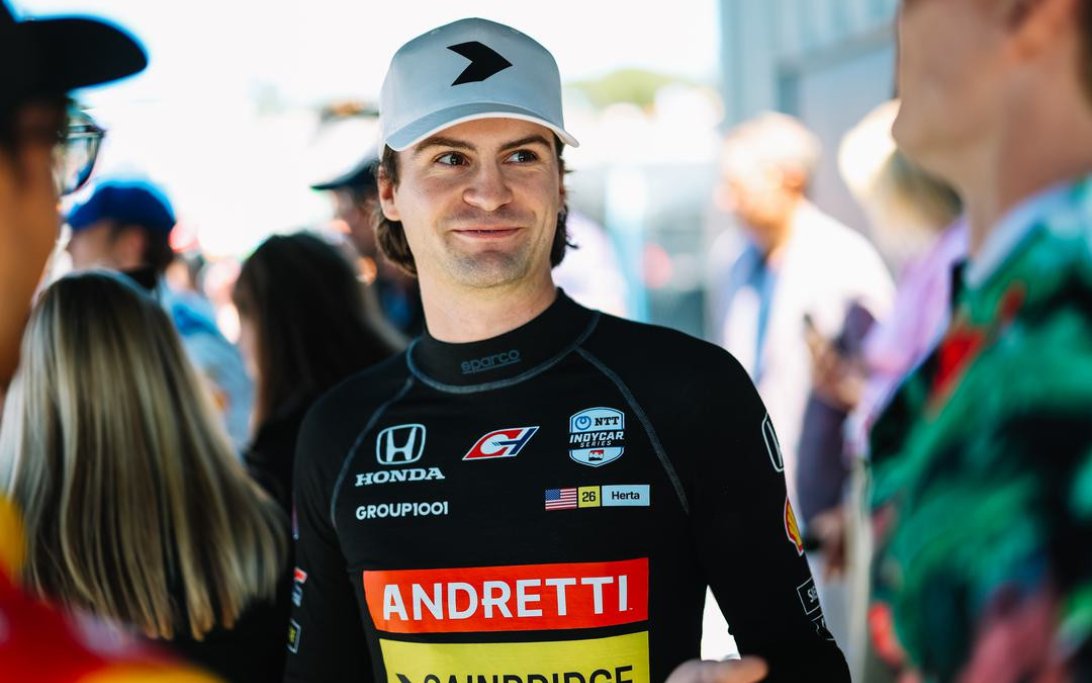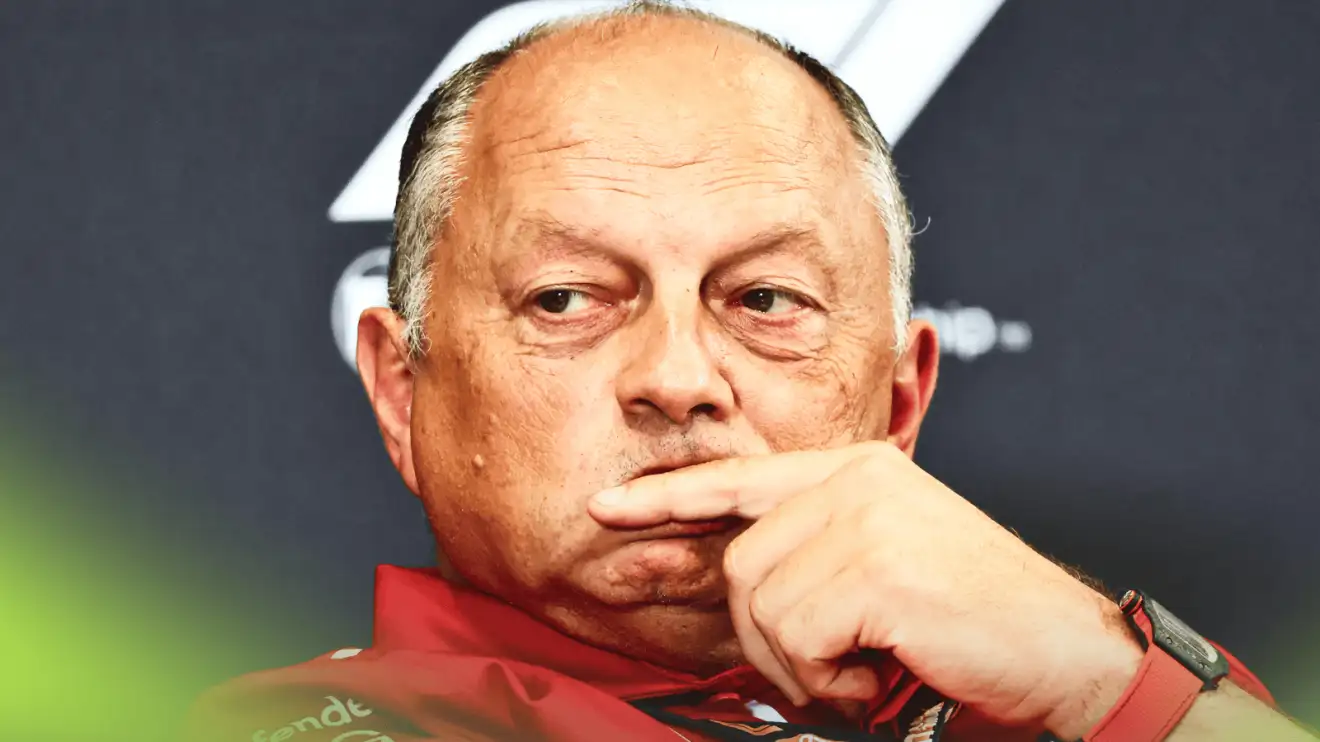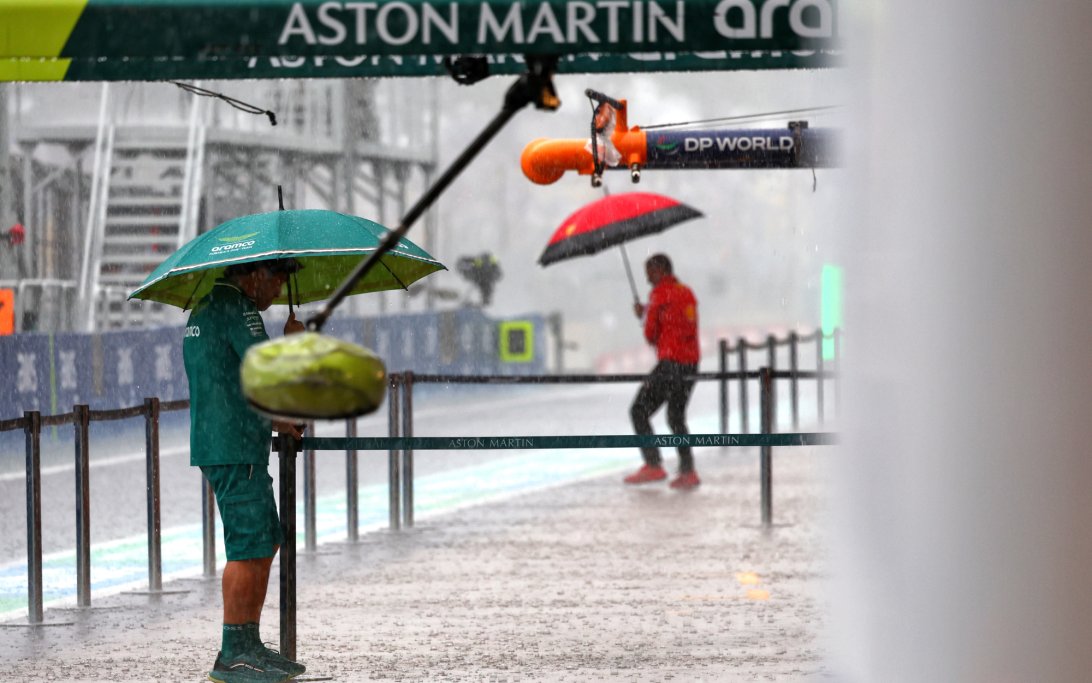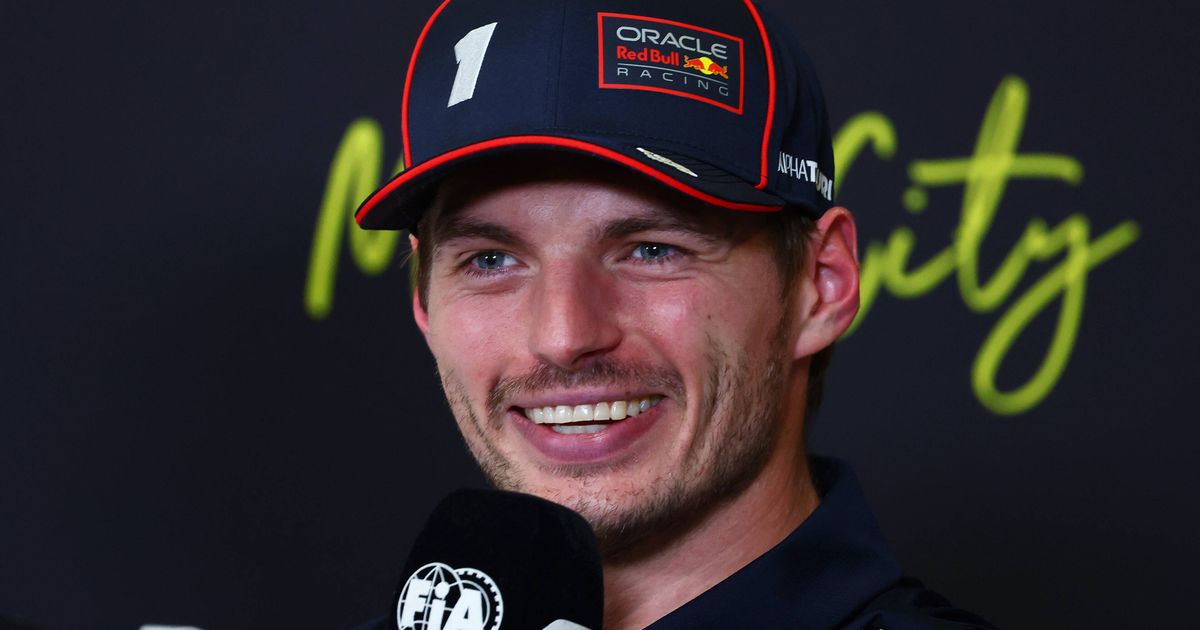
Red Bull 'Ready to Pay the Price' for Late RB21 Developments Ahead of 2026 Regulations
Red Bull is committed to its late-season development push on the RB21, a strategy Laurent Mekies states the team is willing to "pay the price" for, despite the 2026 regulations being just around the corner. This approach stands in contrast to McLaren's view that such late-stage 2025 development would "heavily compromise" their 2026 preparations.
Why it matters:
Red Bull's continued focus on the RB21, even as the 2026 rule changes loom, highlights a strategic divergence among top F1 teams. For Red Bull, validating their development tools and methodologies through continuous updates is a calculated risk aimed at ensuring future success, even if it means a potential short-term hit to their 2026 car's initial competitiveness. This decision could significantly impact the competitive landscape as teams grapple with the balance between immediate performance gains and long-term regulatory shifts.
The Details:
- Red Bull's Persistent Development: Despite the imminent 2026 regulations, Red Bull has consistently introduced small revisions and tweaks to the RB21, coinciding with Max Verstappen's strengthening championship challenge.
- Championship Impact: This continuous development has helped Verstappen slash his deficit in the Drivers' Championship from over 100 points to just 36 with four race weekends remaining, as McLaren's relative performance has somewhat waned.
- Mekies' Justification: Laurent Mekies, Red Bull's boss, believes this approach is a "net gain" for the team, stating they validate their development methodologies and would not proceed if it compromised their 2026 project too severely. He acknowledges a "price to pay" but deems it "reasonable" and "worth it."
- Validation of Tools: Mekies emphasized that the ongoing development is crucial for Red Bull to understand the correlation between simulated data (CFD and wind tunnel) and real-world performance, an area that has been a weakness for the team in recent years.
- By continuously developing the current car, Red Bull aims to build confidence in their development tools and methodologies, which will be applied to the completely different 2026 project.
- McLaren's Contrasting Stance: McLaren has ceased development on their MCL39 to fully concentrate on the 2026 regulations. Team boss Andrea Stella believes further late-stage development would "heavily compromise" their 2026 project, which is aimed at winning future championships.
- Aerodynamic Maturity: Stella noted that McLaren's current car has reached aerodynamic maturity, meaning significant gains require extensive development time, making the shift to 2026 more logical given the high returns expected from new car development.
- Resource Allocation: Stella also highlighted the impact of regulations on resource allocation, noting that as champions, they are more restricted in wind tunnel and CFD allowances. This necessitates a careful balance in allocating resources between current and future projects.
What's next:
Red Bull's calculated risk, prioritizing immediate championship gains and long-term methodology validation over a complete early switch to 2026, sets up an intriguing dynamic for the coming seasons. If their validation process proves successful, it could give them a significant edge in adapting to the new rules. The true impact of these divergent strategies will become clear in the initial races of the 2026 season, as teams unveil their radically different cars.
Original Article :https://www.planetf1.com/news/red-bull-willing-to-pay-the-price-for-f1-2025-deve...


